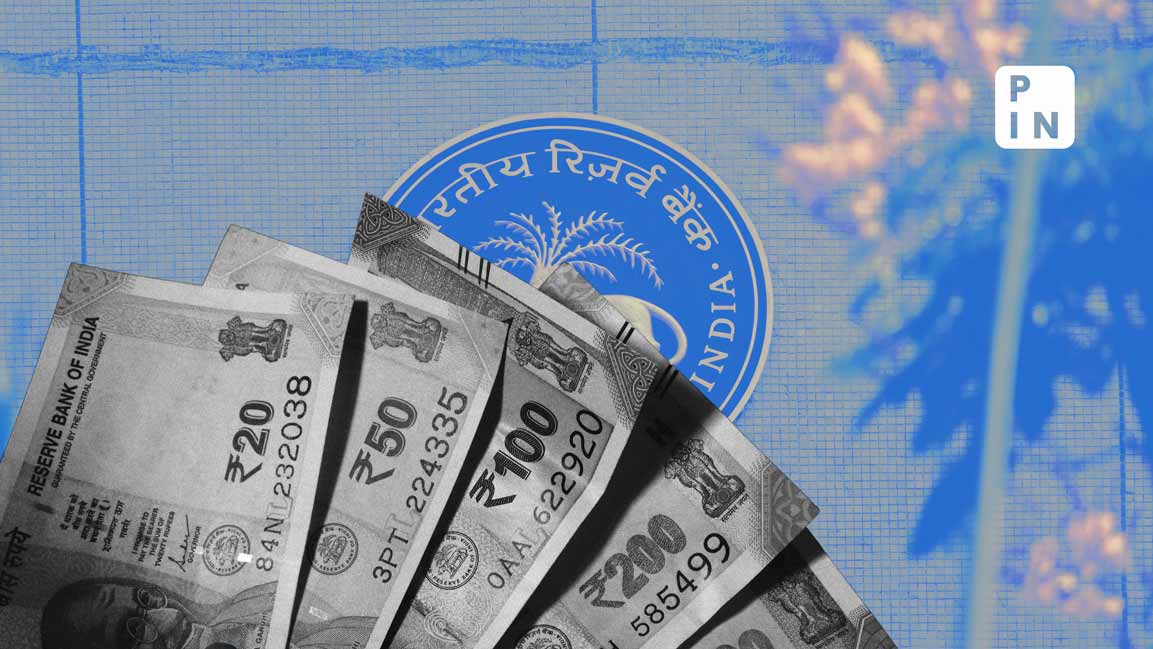- | 1:00 pm
Bad loans at multi-year lows, shows RBI’s financial stability report
RBI says its approach of balancing growth and stability, 'with willingness to take proactive and prudent actions to prevent accumulation of risks,' is boosting stability of financial system

Gross bad loans as a share of overall loans at banks declined to 2.8% last fiscal, a multi-year low, the Reserve Bank of India said in its latest financial stability report released this week.
In the baseline scenario, the Reserve Bank said, the gross non-performing asset (GNPA) ratio, or the share of gross bad loans to total loans, of scheduled commercial banks may improve further to 2.5% by the end of the current fiscal in March. In the worst case scenario, the banking regulator said, GNPA may grow to 3.4%
Under the severe stress scenario, the GNPA ratios of public sector banks may increase from 3.7% in March 2024 to 4.1% by the end of the current fiscal, whereas it may go up from 1.8% to 2.8% for private sector bank and from 1.2% to 1.3% for foreign banks.
“Our approach of balancing growth and stability, with willingness to take proactive and prudent actions to prevent accumulation of risks, is promoting long-term resilience and stability of the financial system,” RBI governor Shaktikanta Das said in the foreword to the report.
“This issue of the FSR highlights the strengthening of balance sheets of financial institutions with low levels of impairments, robust earnings and strong buffers that render the financial system resilient to shocks,” Das wrote.
“Even in this stable environment, we are watchful of the emerging risks, including those from cyber hazards, climate change and global spillovers. The highest priority must be assigned to governance – strong governance is at the core of resilience of stakeholders in the financial system,” Das added.
RBI said in the report that the banking stability indicator (BSI) offers a comprehensive assessment of the health of the domestic banking system.
The BSI shows that overall stability of the banking system improved on the back of stronger capital levels, higher earnings, and decline in the stock of NPAs, including restructured assets.
Profitability indicators, including return on assets, return on equity and net interest margin, remained strong in March despite a marginal decline relative to the September 2023 position, RBI said.
Efficiency indicators weakened because of increase in staff costs and the cost-to-income ratio, while the liquidity coverage ratio fell marginally, although the banking system has substantial liquidity buffers relative to the regulatory minimum, it added.
“Today, the matrix of financial stability is perhaps at its best, but the real challenge is to maintain it and improve upon it further. The regulators, on their part, remain committed to these goals,” Das added.












